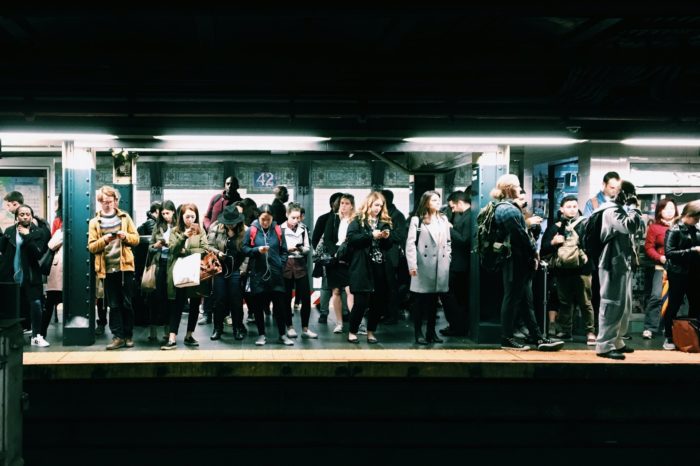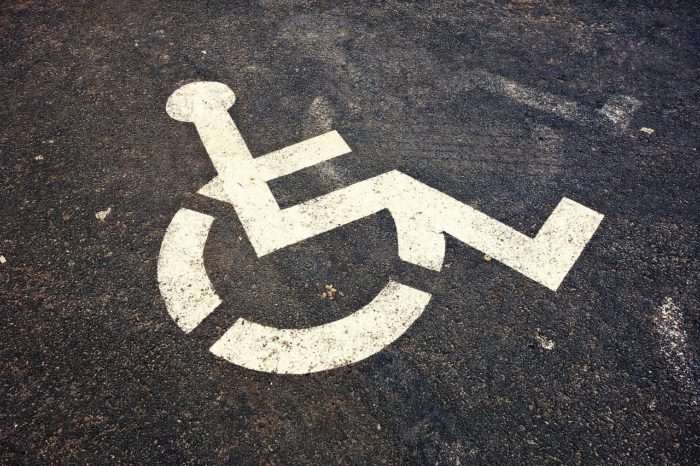A Look at Accessibility Improvements to Mass Transit on the 30th Anniversary of the ADA

July 26th marks the 30th anniversary of the Americans with Disabilities Act. It was on that date in 1990 that President George H. W. Bush signed the ADA into law, guaranteeing that those living with disabilities would have the same rights as others, as previously outlined in the Civil Rights Act of 1964. Title II of the ADA specifically protects people with disabilities from discrimination in public transportation; that section also ensures them equal access to mass transit systems.
As such, in the ensuing years, changes were made to our cities and the transit systems that move the public about them. Equity and inclusivity are core tenets of the ADA, and when cities comply with the Act, it makes for a more just urban environment. Accessibility in mass transit is the tip of the spear in making sure those living with disabilities aren’t marginalized.
Celebrating the ADA’s 30th anniversary, LA Metro, one of the nation’s largest transit operators, highlighted some changes that were brought about by the act:
-
-
- Braille signs with tactile raised lettering
- Detectable warnings
- Boarding ramps on buses
- Web accessibility
- Reserved seating
- Securement areas for customers using mobility devices
- Automated voice announcements
- Accessible entrances at all stations
- Access Services – Complimentary paratransit service
-
While those changes were made to be in compliance with the ADA, LA’s transit agency has taken things a step further. Metro retired its last high-floor bus in 2014, making its current fleet of buses entirely accessible, with low-floors, wider entry doors and ramps, and even a wider space at the fare box so riders in wheelchairs or those with other mobility devices can more easily maneuver. There are texturized stanchions to help the visually impaired find reserved seating areas and tactile pathways throughout stations, and hands-free equipment operation is available at fare gates. There is even kick plate activation at emergency phones and elevators. The City of Angels is fortunate to have been a bit ahead of the curve, seeing as LA Metro’s first rail line opened the same year the ADA became law, meaning the agency did not have legacy infrastructure in need of upgrades.
Just because the ADA has been on the books for three decades now, that doesn’t mean all transit agencies are equally compliant. Such was the case in Jackson, Mississippi in the mid-2000s. Wheelchair-bound retired clinical neuropsychologist Scott Crawford found that while trying to move around his hometown he often found himself stranded, saying: “Many of our buses were decades old with nonfunctioning wheelchair lifts, so I was frequently being left on the side of the road.”
Crawford took it upon himself to solve the problem and called city hall to speak with Jackson’s ADA coordinator, who oversees compliance. Surprisingly, he discovered the city didn’t have one. That’s when he rallied locals with disabilities and became the lead plaintiff in a lawsuit against the city. He won in 2010 and a federal judge ordered Jackson to comply with ADA requirements. “I didn’t win any money. I won the ability to get on a bus. That’s all I wanted,” Crawford said. The war isn’t over but that battle was won and much of the country is significantly better off than it used to be. Crawford said that “things are, overall, getting slowly better.”
Slow improvement seems to unfortunately be a familiar story for many of the country’s largest transit operators. At Boston’s MBTA, it took a major lawsuit in 2002 to put the agency on a path towards compliance. Now its Red, Orange and Silver lines are fully accessible, while its Blue and Green lines are closing in on full compliance. New York City’s MTA has been even slower to comply, despite the fact that since 1973 the Federal Government has required programs or services receiving federal funding be made accessible. A recent report looking at the status of people with disabilities in NYC found that the Big Apple was lagging on accessibility, falling behind the rest of the country. To this day, the MTA still has hundreds of inaccessible subway stations, a dearth of paratransit options, and the city suffers from defective and nonexistent curb cuts.
Seeing as almost 25 million Americans have a travel-limiting disability, and “mobility is freedom itself, period” according to Crawford, ADA compliance across the entire country is of utmost importance. “Accessible transit gives people with disabilities the opportunity to work, engage and contribute to their communities,” Crawford said. “The alternative is tantamount to house arrest.”
Header image courtesy NYC MTA






